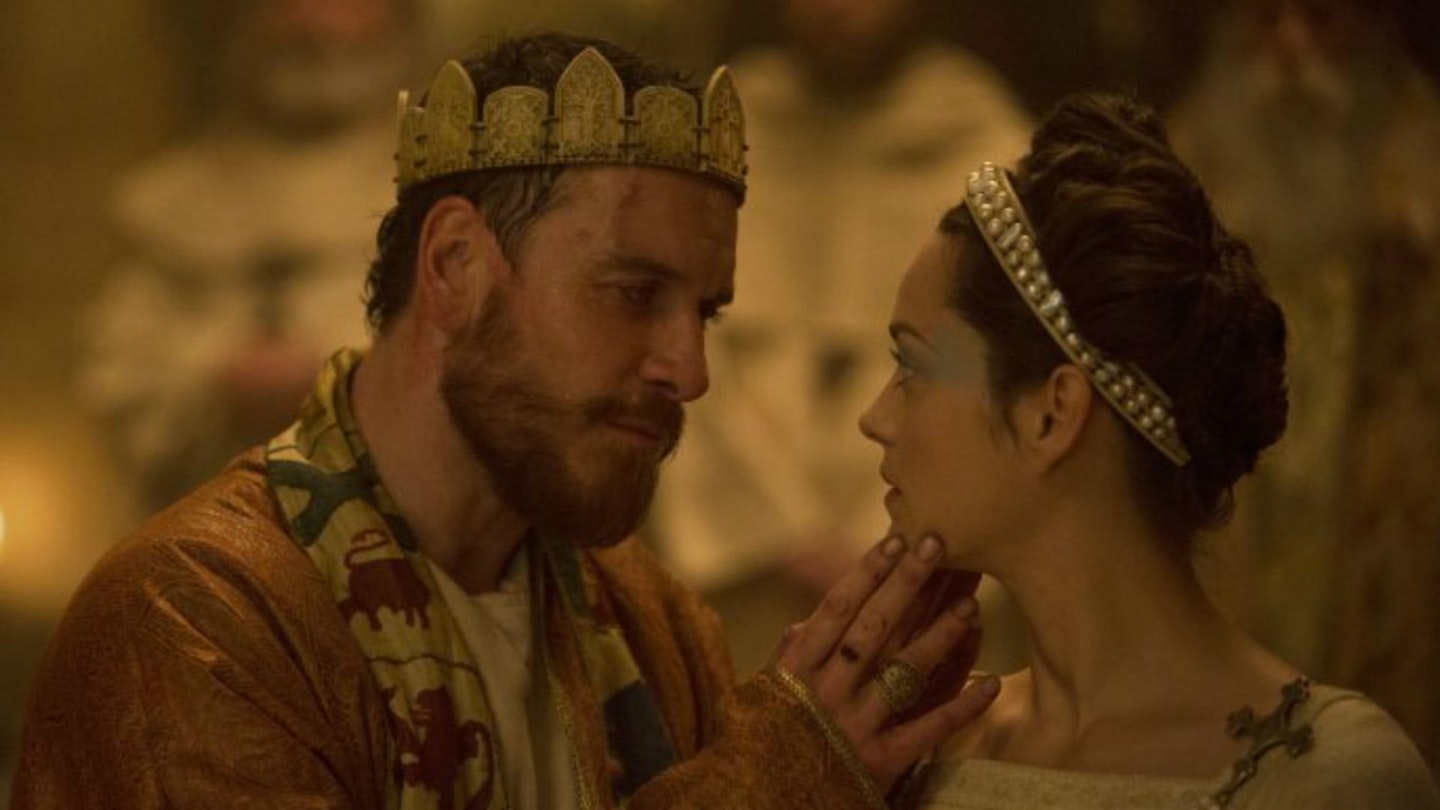When Alexander Korda rejected his proposal for Othello, Orson Welles convinced Poverty Row outfit Republic Pictures to bankroll a production of Macbeth that he would road test on stage before filming for a mere $700,000 in 21 days.
In order to keep costs down, Welles shot in long, deep-focused takes with a trio of synchronised cameras and captured close-ups during the battle sequences by disguising cameramen using portable machines as combatants. He also decided to pre-record the soundtrack, so as not only to ensure a clarity of diction commensurate with Shakespeare, but also to enable his cameras to move freely without the risk of microphones intruding into the shot.
Even the design was conceived with economy in mind, as Welles and Fred Ritter devised roughly hewn, stony backdrops that were not only evocative, but also interchangeable. Moreover, their abstract texture also provided an anachronistic contrast with the smooth studio floors that reinforced the ethereality of action that Welles consciously staged as though it were occurring inside Macbeth's tormented mind.
Unable to persuade Tallulah Bankhead, Anne Baxter, Mercedes McCambridge or Agnes Moorehead to play Lady Macbeth, Welles cast Mercury radio star Jeanette Nolan (who had no prior stage or screen experiences). Nolan's lack of conventional glamour intensified the callous cruelty of her character, but she wasn't always comfortable before the cameras and Welles effortlessly stole their scenes together.
But, he always intended himself to be the centre of attention - even during the banquet sequence when the astonished guests respond to his terrified tirades from a subjective perspective. Indeed, Welles came up with numerous equally innovative strategies, including interiorised soliloquies, drastic contrasts between high and low-level angles (which simultaneously recalled German Expressionism and Eisenstein's Alexander Nevsky, 1938) and the use of Vaseline on the filters for the depiction of Banquo's ghost.
However, a poor reception, in comparison with Laurence Olivier's. Hamlet, prompted Republic to cut the picture from 107 to 80 minutes and to re-record 65 percent of the soundtrack (eliminating Welles's Scottish burr in the process). The film has since been restored and its atmospheric audacity is now readily evident.
